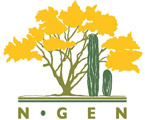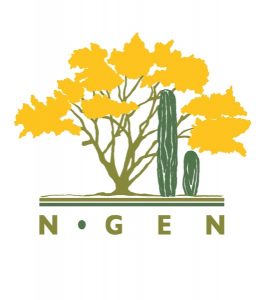Ray Turner
| Disciplines | |
|---|---|
| Regions | |
| Website | http://wwwpaztcn.wr.usgs.gov/ray_cv.html |
| rayturner@cox.net | |
| About | A westerner by birth, Ray Turner was born in Salt Lake City, Utah, in 1927. He attended Utah State University, the University of Utah (B.S. 1948: Botany) and Washington State University (Ph.D. 1954: Botany). He taught at the University of Arizona (1954-1962) before joining the U. S. Geological Survey. Ray Turner’s interest in desert vegetation dynamics has resulted in studies of long-term permanent vegetation study plots as well as in his use of repeat photography for documenting landscape change. His interest in repeat photography was aroused during preparation, with Rod Hastings, of The Changing Mile, a book describing vegetation change in southern Arizona and northern Sonora, Mexico. Turner is also author or coauthor of publications describing changes in riparian vegetation along the Gila and Colorado Rivers; changes in permanent vegetation study plots at the Desert Laboratory, Tucson, Arizona, and in MacDougal Crater, Pinacate Preserve, Sonora, Mexico. Turner’s studies at the Desert Laboratory’s Tumamoc Hill property have included a floral checklist, exotic plants mapping, saguaro population dynamics, blue palo verde population dynamics, foothill palo verde population dynamics, permanent plot evaluation, and growth and phenology of velvet mesquite and foothill palo verde. Retired since 1989, he has subsequently coauthored three books, Sonoran Desert Plants: An Ecological Atlas, Kenya’s Changing Landscape, and The Changing Mile Revisited, a revised edition of The Changing Mile. He is still using the camera to recapture old landscape scenes in New Mexico’s “bootheel” country and in Kenya. |


